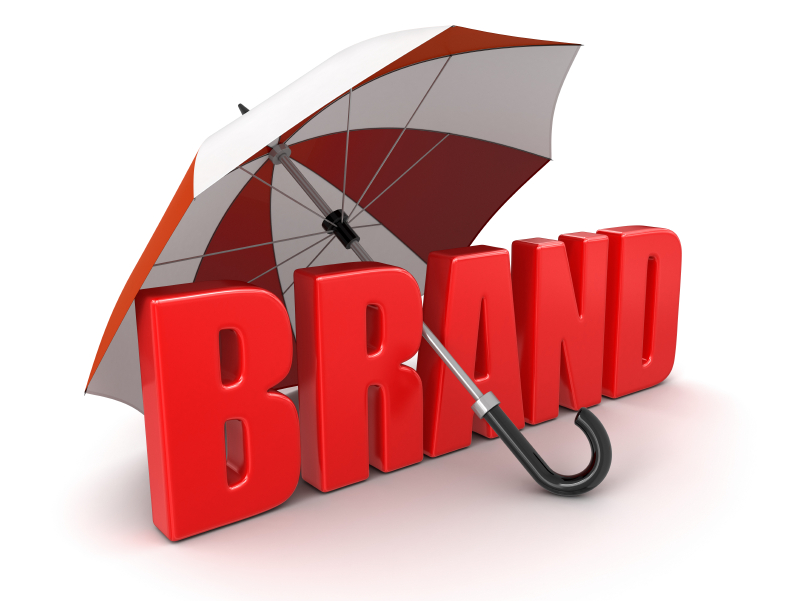For the layman, there’s not much difference between the word ‘trademark’ and ‘brand’. People casually remark that Donald Trump’s hairstyle is his “trademark”. While the two are linked, a businessman needs to differentiate the two, and the difference between them.
Firstly, you need to know the importance of a ‘brand’
A ‘brand’ is not only the material value of something, but also the goodwill. Apple, for example, is as much a brand in itself as a creator of devices. A brand therefore extends to relationships, reputation, and differentiation in the market. A brand can be the most powerful asset a company can have.
However, if you want to cash in on this goodwill, you need to be certain that your brand is truly yours- in the legal sense of the word. That is where a firm marketing and brand protection strategy comes in. For protecting intellectual property, it is important to invest in intellectual property law firms, and many Australian business mentors recommend availing the services of providers like http://www.shelstonip.com/services/intellectual-property-and-commercial-law/.
How you can lose your brand
Not registering a trademark is the most common way of losing a brand. A trademark is the only statutory proprietary right you can formally declare on it – company and business name registrations, or even domain names don’t give you that kind of protection.
Your brand also needs to be in the relevant product classes
You need to register trademark for brand usage in the categories that you will retail in. It is common to see companies expand their portfolio to incorporate new goods and services; they still need to get trademarks for those, lest third parties register similar trademarks.
A note about International markets
Trademark registration isn’t global – you need to register it on a country-by-country basis. Which means it is possible (and not exactly rare) for companies to “steal” international brands, just by international registration. If you plan to target specific geographies, you need to ensure you have formally registered a trademark there.
You also need to use the registered trademarks
With regard to Australia, a trademark must be used within 5 years of filing a trademark (at least once in three years). Otherwise, third parties are legally allowed to request for your trademark’s removal. This is because your unused trademark appears a business barrier for them to register trademarks, akin to a monopolistic use of intellectual property. Another clause in this regard – the use of a similar (but not the same) unregistered trademark may not qualify to defend a trademark.
Once you have established a trademark, you need to ‘roll out’ its usage immediately across both consumer and business verticals. Brands often hired specialized attorneys to audit trademark usage, as a means to protect their brand. It may seem to be a significant cost to the company, but considering that a trademark only appreciates over time, a brand protection tactic like this can help maintain, and even increase the asset’s value.Shelston IP a well known trademark protection and copyright firm in Australia, has launched a dedicated brand protection service in line with 2015 legislation.












